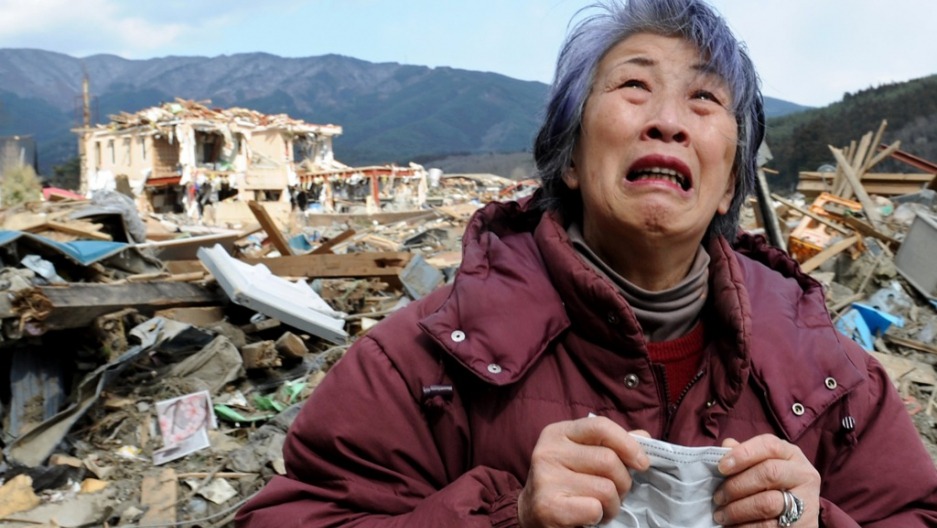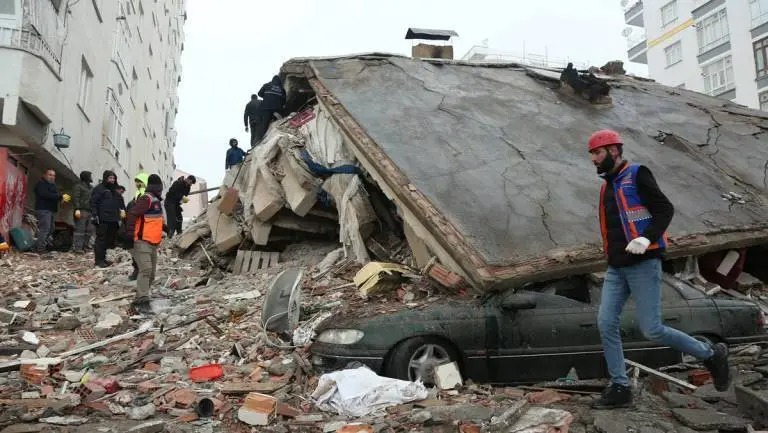
The tremors, with a peak magnitude of 7.6, caused 30 fatalities and triggered, then canceled, tsunami alerts.
Japan’s prime minister emphasized a pressing race to save those impacted by a sequence of significant earthquakes, allegedly resulting in a minimum of 30 deaths, numerous injuries, and igniting fires that razed homes.
Police and local officials confirmed early on Tuesday instances of retrieving bodies from debris while many remained stuck.
Fumio Kishida stressed the urgency in swiftly rescuing those trapped under collapsed structures during an emergency disaster meeting.
A thousand military personnel have been sent to the hardest-hit region, Japan’s isolated Noto peninsula. However, rescue efforts face obstacles from severely damaged and obstructed roads. Additionally, one of the area’s airports had to shut down because of runway damage.
In Wajima city, fires persisted until 7 am local time on Tuesday, with the fire department confirming over 100 residences and structures completely razed.
Among the reported 30 fatalities, Kyodo news agency highlighted 15 in Wajima city.
The most impacted zone centered around Asachi-dori street, a popular district for visitors characterized by numerous wooden buildings. The exact cause and casualty figures remained unclear at present.
The earthquakes, the most powerful registering a magnitude of 7.6 at a shallow depth of 10km, struck the west coast of Japan’s primary island on Monday. The tremors shook buildings as far as Tokyo, approximately 300km away.
The quake’s epicenter lay on the peninsula jutting into the Sea of Japan, with the majority of casualties and injuries concentrated in that region. A woman in her fifties was reported dead in Nanao city, where over 30 individuals were hospitalized. Additional residents in the vicinity were either discovered unconscious, trapped under debris, or unaccounted for.
The meteorological agency cautioned about potential aftershocks striking the impacted regions in the coming days. Despite the removal of tsunami alerts, coastal residents were advised against returning to their homes.
Initially, Japanese public broadcaster NHK TV alerted about the possibility of surging waters reaching heights up to five meters. Consequently, individuals were evacuated to sports halls, schools, and various public facilities.
Tuesday morning saw the suspension of bullet trains and flights to and from the affected region. NHK reported closures along sections of major highways, water supply interruptions due to burst pipes, and damage to mobile phone networks, which were gradually being restored.
British Prime Minister Rishi Sunak expressed the UK’s readiness to assist Japan, advising British nationals in impacted areas to heed Japanese authorities’ guidance.
US President Joe Biden stated his administration’s communication with Japanese officials, expressing preparedness to offer any necessary aid to the Japanese people.

While Japan faces frequent earthquakes, a tsunami warning of Monday’s magnitude hadn’t been issued since the devastating quake and tsunami on March 11, 2011, claiming 18,000 lives and triggering nuclear crises at Fukushima Daiichi. Subsequently, nearly all of Japan’s nuclear power plants were deactivated.
Nuclear regulators reported no rise in radiation levels at monitoring stations in the region, and no abnormalities were detected at the 20+ reactors along the nearby coastline.



